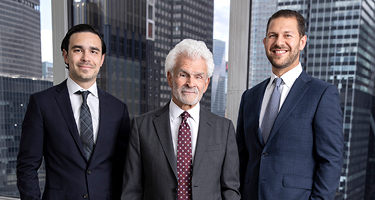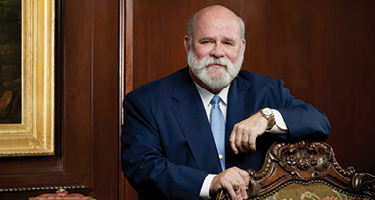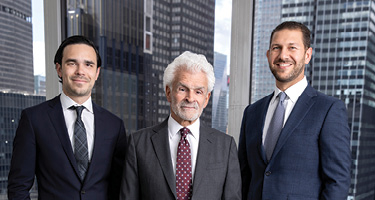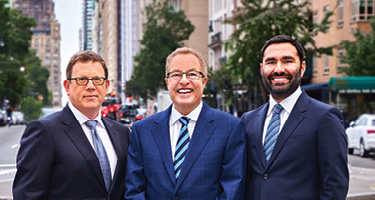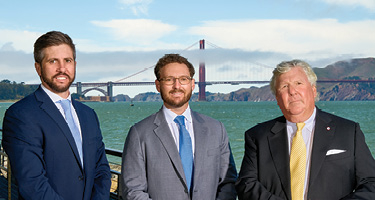A few years ago, personal injury lawyer and lifelong District resident Patrick Regan started noticing a disturbing new trend: Severe bicycle accident claims in the Washington D.C. area were rising sharply. The president and senior partner of Regan Zambri Long, who is himself a bicycle enthusiast, knew this had to be part of a bigger pattern.
In fact, the District Department of Transportation (DDOT) reported an average of 334 crashes involving bicyclists in the District each year for the past five years—nearly one per day. In part, Regan says, there is always a risk for drivers in a densely populated area, from the time they walk to their car to the moment they start the engine, because cyclists can move with nearly the same speed as a car, appearing in an instant without a warning sound. Another concern is the large trucks that seriously injure and kill cyclists—particularly if they are not equipped with required side guards.
“Cyclists will almost always suffer severe injuries in a collision, and as we know, the related costs, such as medical care and lost wages, can reach seven figures,” says Regan, who was named Best Lawyers® “Lawyer of the Year” in 2020 and 2014 for Medical Malpractice Law—Plaintiffs and in 2022 for Mass Torts—Plaintiffs in Washington, D.C.
Regan Zambri Long has had much success representing injured bicyclists. In one recent example, the firm recovered $6.9 million for a cyclist who was severely injured by a garbage truck. In another recent case, the firm obtained a $3 million settlement in a claim against the Washington Metropolitan Area Transit Authority (WMATA). In that case, the firm represented a bicyclist who suffered severe leg injuries when he was struck by a Metro bus.
While a fair number of the claims that come to the attention of the firm are caused by reckless or negligent driving, Regan has observed a common element among many others.
“Several injured cyclists were merely following the signs and paths laid out for them. The bicycle lanes in Washington go against traffic, which makes operating a bike, car, bus or truck incredibly risky,” Regan says. “Ask any professional city engineer, or look at any other bicycling system and you will find that the lanes go with traffic. Washington’s system is a result of incredibly poor planning by the city, and no one has explained why it was designed this way.”
Add to that the fact that 104 miles of bike lanes added to the city since 2002 don’t add up to a complete network, with many barriers that cannot be crossed, multi-lane avenues and busy intersections impeding safe passage for cyclists. Even protected bike lanes, including the popular 15th Street bike lane, pose a danger to riders if they travel alongside two-way streets and cross major intersections.
Regan adds that drivers of all vehicles need to be acutely aware of their surroundings because under the new Motor Vehicle Collision Recovery Act, defendants must now prove that a cyclist or pedestrian was more than 50% at fault in order to demonstrate contributory negligence.
It doesn't have to be this way. For a blueprint on how to solve the problem, Regan looks to countries like Italy, which was so decimated following World War II that it had to reintroduce cars to bicycle-dominated roads and integrate car ownership into a culture of rider safety.
Of course, U.S. cities are doing the opposite—working to retrofit automobile routes for bike commuters. Regan notes that with some creativity and the will of city officials, U.S. cities can implement a bicycle-friendly culture, lives can be saved, and drivers can avoid becoming unwitting defendants in accident cases.
“The city can serve everyone’s best interests and protect its citizens and employees by revisiting and redrawing the bike lanes,” Regan says. “This will be crucial as more people return to working in the office and bicycle traffic increases. We know change will not happen overnight, but by shifting priorities, the city and entities like WMATA can avoid further litigation and keep more people safe.”


